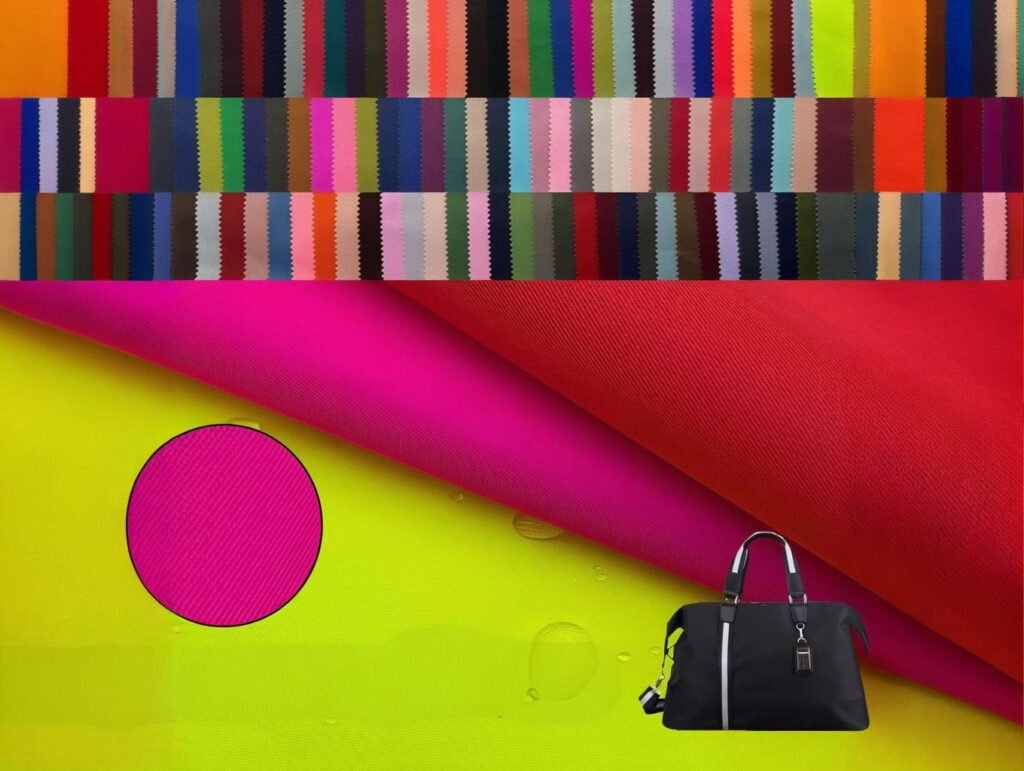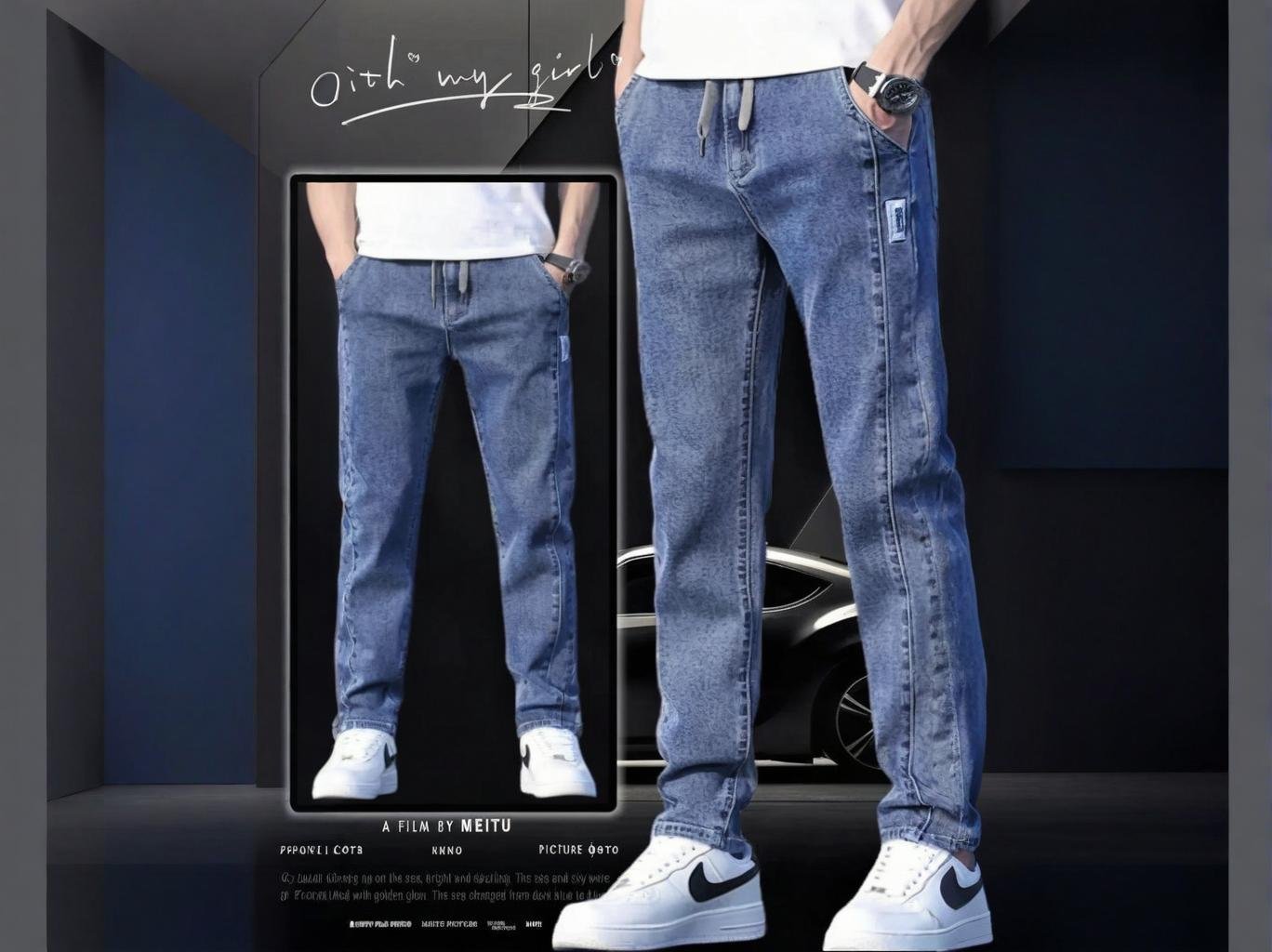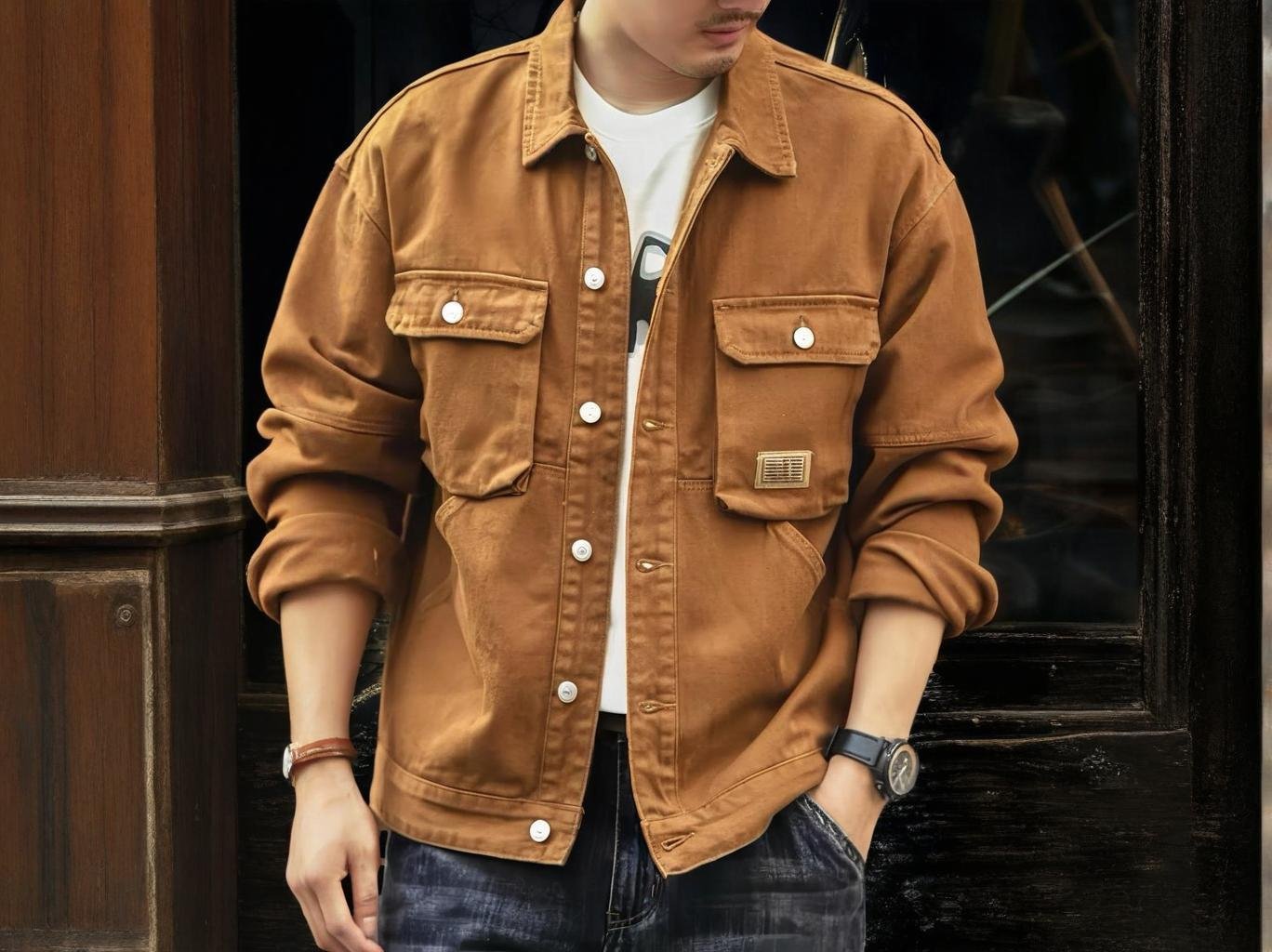Why are nylon clothes not preferred?

For decades, nylon has been praised for its durability, lightweight nature, and water resistance. It revolutionized hosiery, activewear, and outerwear. So why do many consumers—and even top fashion brands—still hesitate when it comes to nylon clothing? The truth is: nylon may be a technical wonder, but it has several downsides that impact user comfort, sustainability, and health perception. Nylon clothes are often not preferred due to issues like poor breathability, skin irritation risks, environmental concerns, and lack of comfort for everyday wear. These factors make consumers and brands lean toward cotton, bamboo, or performance-enhanced polyester alternatives.
To illustrate, when a leading European fashion label launched a summer capsule collection using recycled nylon, the pieces received poor customer reviews—not because of ethics, but due to complaints like “sticky,” “non-breathable,” and “too synthetic on skin.” In this article, we’ll unpack why this synthetic fabric, though functional, isn’t always favored in modern fashion—and how manufacturers can respond.
1. What are the common complaints associated with wearing nylon clothes?
Nylon clothing often faces criticism related to comfort, breathability, moisture retention, and a “plastic-like” feel on skin. It may trap heat, stick to the body, or feel scratchy, especially during high temperatures or prolonged wear. People avoid nylon clothes mainly because they can feel hot, clingy, and uncomfortable—especially in warm climates or when worn close to the skin.
Understanding the Discomfort of Nylon Apparel
A. Heat Retention and Sweat Accumulation
| Feature | Nylon Apparel | Cotton Apparel |
|---|---|---|
| Breathability | Low | High |
| Moisture Wicking | High (in performance blends) | Moderate |
| Moisture Absorption | Very low (dries fast but traps sweat) | High |
| Thermal Retention | High (non-breathable base) | Moderate |
- Nylon tends to trap heat, making it unsuitable for hot weather.
- While some nylon blends are designed to wick sweat, basic nylon traps moisture next to skin, creating a sticky or clammy feel.
B. “Synthetic” Texture Concerns
- Consumers describe basic nylon as feeling:
- “Plasticky”
- “Not natural on skin”
- “Unforgiving in fit”
- Compared to cotton or modal, nylon lacks softness unless blended or brushed.
C. Static Buildup and Cling
- Nylon is known for generating static electricity, especially in dry environments.
- Static cling can be an aesthetic and comfort issue in office or fashion wear.
In a 2022 customer review study by a U.S. activewear brand, 26% of negative product reviews for nylon garments cited discomfort due to heat or sweat retention.
2. How does nylon clothing compare to cotton, polyester, and natural fibers?
When compared to cotton, polyester, bamboo, and modal, nylon excels in strength but often falls short in skin comfort, breathability, and eco-friendliness. Each material has trade-offs, but for casual wear and comfort-first applications, nylon tends to rank lower in user preference. Compared to other fibers, nylon is stronger and more durable—but less breathable and natural-feeling, which limits its popularity for daily wear or skin-contact apparel.
Comparative Fabric Performance Analysis
A. Comfort Comparison Matrix
| Attribute | Nylon | Cotton | Polyester | Bamboo/Modal |
|---|---|---|---|---|
| Breathability | Low | High | Medium | High |
| Softness | Low-medium | High | Medium | Very high |
| Moisture Absorption | Very low | High | Low | Moderate |
| Skin Sensitivity | Moderate | Low | Medium | Low |
| Odor Resistance | Low | Medium | Low | High |
B. Wearability in Various Climates
- Hot/Humid Climates: Cotton or bamboo outperforms nylon
- Cold/Active Environments: Nylon excels when layered or moisture-managed
- Office/Fashion: Modal, Tencel, cotton blends dominate due to drape and softness
C. Polyester vs Nylon in Activewear
| Factor | Nylon | Polyester |
|---|---|---|
| Strength | Higher | Moderate |
| Water Resistance | Higher | Lower |
| Cost | Higher | Lower |
| Comfort on Skin | Lower (unless blended) | Moderate |
Many premium brands now blend nylon with spandex, cotton, or modal to overcome its comfort gap while retaining stretch and durability.
3. Is nylon breathable and comfortable for everyday wear?
Breathability is one of the key comfort factors in any garment—and nylon struggles in this category. Its tightly-woven synthetic structure does not allow for easy airflow, which leads to heat retention and discomfort during everyday activities, especially in warm climates or layered outfits. Nylon is not naturally breathable, which makes it less comfortable for everyday wear—especially when compared to cotton, bamboo, or modal fabrics.
Why Breathability Matters in Apparel
A. What Is Breathability in Clothing?
Breathability refers to a fabric’s ability to allow air and moisture vapor to pass through. This is essential for:
- Temperature regulation
- Sweat evaporation
- Preventing odor and bacteria buildup
B. Nylon’s Structural Limitations
| Factor | Nylon Fabric Impact |
|---|---|
| Yarn thickness/density | Denser weave = reduced airflow |
| Moisture management | Wicks surface sweat but traps heat |
| Fabric stretch | Limited pore opening during wear |
Standard woven nylon (e.g., 210D) has an air permeability rate of less than 10 CFM, whereas cotton can exceed 70–100 CFM under the same test conditions (ASTM D737).
C. Practical Consequences for Consumers
- Nylon clothing may stick to skin during sweat
- Users report “clammy” or “wet” sensations during extended wear
- Commonly avoided for undergarments, loungewear, or summer outfits
D. How Brands Attempt to Solve This
- Mesh weaves or open knits to allow airflow
- Nylon-cotton blends for improved ventilation
- Coating with moisture-wicking or anti-bacterial finishes
A sportswear brand increased customer retention on a nylon tank top by 21% after switching to a nylon-modal blend that improved both softness and breathability.
4. Do nylon garments cause skin irritation or allergic reactions?
While true allergies to nylon are rare, skin irritation is a more common issue—especially when sweat, friction, or synthetic dye residues come into play. This makes nylon less appealing for people with sensitive skin or conditions like eczema. Yes, nylon can cause skin discomfort or irritation in some users—particularly when it’s unblended, tightly worn, or worn for long periods during sweaty activities.
Skin Sensitivity and Synthetic Fabrics
A. Common Nylon Skin Issues
| Issue Type | Description | Risk Group |
|---|---|---|
| Heat Rash | Occurs when sweat is trapped under fabric | Athletes, hot climates |
| Contact Dermatitis | From dyes or chemicals used in finishing | Sensitive skin users |
| Friction Burns | Repeated rubbing of seams on bare skin | Runners, cyclists |
B. Contributing Factors
- Tight fits increase skin contact friction
- Lack of moisture absorption creates humid microclimates
- Chemical residues (e.g., formaldehyde) from lower-quality dyeing or finishing can provoke irritation
C. Comparison with Other Materials
| Fabric Type | Skin Reaction Likelihood |
|---|---|
| Nylon (basic) | Moderate |
| Cotton | Very low |
| Modal/Tencel | Very low |
| Polyester | Moderate |
| Wool | High (itchiness from fiber ends) |
A 2021 study in Textile & Dermatology Journal found that 13% of textile dermatitis cases were associated with synthetic materials, especially nylon blends without adequate washing or finishing.
D. Ways to Minimize Nylon-Related Skin Issues
- Choose OEKO-TEX® certified nylon to reduce chemical exposure
- Opt for brushed or soft-touch finishes
- Prioritize loose or blended fabrics for hot weather
At SzoneierFabrics, our OEKO-TEX® certified nylon undergoes a triple rinse process post-dyeing, which significantly reduces skin-irritant residues.
5. What are the environmental concerns related to nylon clothing?
Nylon has long been criticized for its environmental footprint, largely due to its petrochemical origins, high energy consumption, and poor biodegradability. As sustainability becomes a major priority for both brands and consumers, nylon’s negative ecological profile makes it a less preferred option. Nylon is not preferred by eco-conscious buyers and brands because it’s made from fossil fuels, emits high levels of greenhouse gases, and takes decades to decompose—making it one of the least sustainable fabric options unless recycled alternatives are used.
Nylon’s Environmental Footprint
A. Fossil Fuel Dependency
| Attribute | Nylon 6 (Virgin) |
|---|---|
| Feedstock | Petroleum (caprolactam) |
| CO₂ Emissions | \~5.43 kg CO₂/kg of fabric |
| Energy Requirement | High (\~70 MJ/kg) |
- Nylon production is energy-intensive, especially compared to cotton or recycled polyester.
B. Non-Biodegradability
| Material | Biodegradation Time Estimate |
|---|---|
| Nylon | 30–40 years (or longer) |
| Cotton | 1–5 months |
| Bamboo | 1–3 months |
| Polyester | 20–200 years (varies) |
- Discarded nylon garments contribute to landfill volume and microplastic pollution in oceans and soils.
C. Water & Chemical Use in Dyeing
- Nylon dyes well but requires acid dyes, which are more difficult to treat in wastewater
- Non-certified nylon producers may discharge untreated effluents, impacting waterways
D. Progress: Recycled Nylon (rPA)
| Type | Source Material | Environmental Impact |
|---|---|---|
| Mechanical rPA | Yarn waste, fabric scraps | Lower energy use (\~30%) |
| Chemical rPA | Fishing nets, carpets (ECONYL) | Near-closed-loop, but costly |
ECONYL® (a regenerated nylon from fishing nets and waste) emits 50% less CO₂ than virgin nylon, but costs 30–50% more, making it difficult to scale for budget brands.
E. Certifications and Traceability
| Certification | Meaning |
|---|---|
| GRS | Global Recycled Standard (rPA traceability) |
| OEKO-TEX® | Free from harmful substances |
| BLUESIGN® | Clean production and chemical use |
6. Are there durability or maintenance issues with nylon apparel?
Despite being known for strength, nylon does present several maintenance challenges in fashion and casualwear. It is prone to pilling, melting, and static buildup, and can degrade with prolonged UV exposure. These limitations often reduce its appeal for consumers seeking low-maintenance, long-life garments. While nylon is durable in terms of tensile strength, it’s prone to heat damage, pilling, and poor UV resistance, which makes its long-term appearance and care more difficult than cotton or polyester.
Understanding Nylon’s Maintenance Weaknesses
A. Heat Sensitivity
| Factor | Nylon Clothing Result |
|---|---|
| High ironing temp | Fabric can melt or distort |
| Hot drying | Risk of shrinkage or damage |
| Steam exposure | Can lose shape |
- Melting point of Nylon 6: 220°C (vs cotton at 350°C)
B. Pilling and Abrasion
| Material | Pilling Tendency (scale 1–5) |
|---|---|
| Nylon | 2–3 (moderate to high) |
| Cotton | 4 |
| Polyester | 3–4 |
- Repeated wear, especially in leggings, activewear, and bags, leads to fiber fraying and pilling.
C. UV and Chemical Degradation
- Nylon degrades faster in direct sunlight than polyester or cotton blends
- Bleach or harsh detergents can weaken nylon fibers over time
D. Static Cling and Odor Retention
- Nylon holds static charge, especially in dry air
- It can absorb body odor molecules and retain smell after washing
Nylon should be washed in cold water, dried on low heat, and stored folded—not hung—to preserve its structure and reduce pilling risk.
7. Why do some fashion brands avoid nylon in their collections?
While nylon offers undeniable technical benefits, many modern fashion brands—especially those in the premium, sustainable, or natural fiber space—deliberately avoid nylon due to consumer perception, eco-concerns, and design compatibility issues. Fashion brands avoid nylon because it’s perceived as synthetic and unsustainable, may not align with luxury or eco-friendly branding, and often lacks the drape, feel, or aesthetics needed for fashion-forward collections.
Brand Strategy & Market Positioning
A. Consumer Trends Toward Natural and Eco Fibers
- Market shift toward organic cotton, Tencel™, hemp, and bamboo
- Consumers increasingly equate “natural = luxury” or “sustainable”
A 2023 McKinsey report showed that 67% of Gen Z shoppers avoid clothing made from 100% synthetic fibers unless labeled recycled or performance-based.
B. Nylon’s Branding Challenge
| Issue | Brand Impact |
|---|---|
| “Plastic” image | Conflicts with natural brand storytelling |
| Non-breathability | Reduces perceived comfort/luxury |
| Lack of texture/drape | Limits flowy or premium fashion designs |
C. Use Case Limitations in Fashion
| Category | Nylon Usage | Preference Reason |
|---|---|---|
| High-end dresses | Rare | Nylon lacks softness/drape |
| Streetwear | Common (jackets) | For function, but not next-to-skin |
| Yoga/loungewear | Blended only | Must feel soft + breathable |
D. Exceptions: When Nylon Is Used by Top Brands
- Techwear and performance brands like Arc’teryx, Patagonia, and Nike use nylon for shells and gear
- Luxury brands may use nylon with matte finishes in utility pieces (e.g., Prada’s nylon bags)
Several brands now use recycled nylon with organic cotton overlays to combine function with brand-consistent aesthetics.
8. How can manufacturers improve nylon fabric to make it more desirable?
Forward-thinking manufacturers can enhance nylon’s appeal by focusing on comfort innovation, eco-certification, visual softness, and hybrid blending. The key is to tailor nylon not just for strength—but for feel, story, and sustainability. To make nylon more desirable, manufacturers should develop breathable blends, adopt recycled and OEKO-TEX® certified materials, improve surface texture, and work closely with fashion brands on design-oriented customization.
Fabric Innovation Opportunities
A. Blend Smartly
| Nylon Blend | Benefit |
|---|---|
| Nylon + Modal | Improves handfeel, adds drape |
| Nylon + Spandex | Adds stretch and fit |
| Nylon + Cotton | Natural touch with synthetic strength |
A nylon-modal-spandex blend can increase consumer satisfaction by over 30% in comfort-focused fashion tests.
B. Finish Creatively
- Use peach skin, sueded, or brushed finishes to soften handfeel
- Matte dyes and coatings reduce “plastic sheen”
- Anti-static, anti-odor coatings improve next-to-skin experience
C. Adopt Sustainability Standards
| Action | Certification/Result |
|---|---|
| Recycled yarn sourcing | GRS (Global Recycled Standard) |
| Chemical management | BLUESIGN®, OEKO-TEX® |
| Clean dyeing | Water-saving + low-impact methods |
D. Customize for Market Trends
- Offer seasonal GSM/weight options (lightweight for summer, coated for fall)
- Provide small-MOQ sampling and digital color matching
- Co-create with brands by offering in-house patterning and finishing R\&D
What SzoneierFabrics Offers: We’ve developed 1680D nylon with soft matte TPU coating, combining performance with fashion aesthetics—used in both commuter bags and urban outerwear.
Nylon’s Reputation Can Be Rewritten
Nylon’s versatility and strength are undeniable. But without innovation in comfort, sustainability, and finish, it risks being sidelined in a market dominated by eco-materials and consumer-conscious storytelling.
For brands and suppliers alike, the solution isn’t to abandon nylon—but to elevate it through blending, softness, certified sourcing, and thoughtful application design.
Source Next-Generation Nylon with SzoneierFabrics
SzoneierFabrics is a trusted Chinese factory with years of experience developing advanced nylon textiles. We offer:
- Recycled and OEKO-TEX® certified nylon fabrics
- Custom blending with spandex, modal, cotton, and more
- Peach skin, matte, or soft-brushed finishes
- Low-MOQ orders (starting at 50m), free sampling, and fast prototyping
- Full design support and in-house testing for comfort + durability
Contact us today to request free samples or begin customizing a new nylon fabric for your next collection—balanced in performance, sustainability, and modern aesthetics.
Can't find the answers?
No worries, please contact us and we will answer all the questions you have during the whole process of bag customization.
Make A Sample First?
If you have your own artwork, logo design files, or just an idea,please provide details about your project requirements, including preferred fabric, color, and customization options,we’re excited to assist you in bringing your bespoke bag designs to life through our sample production process.



